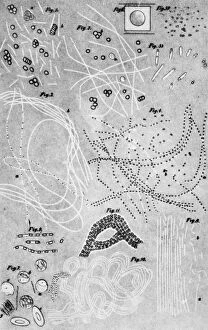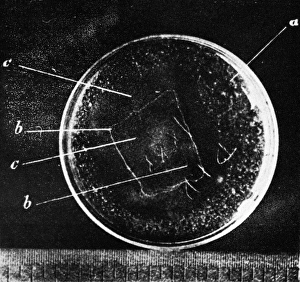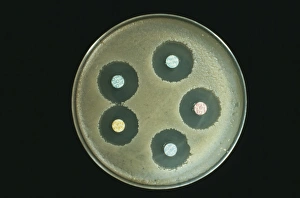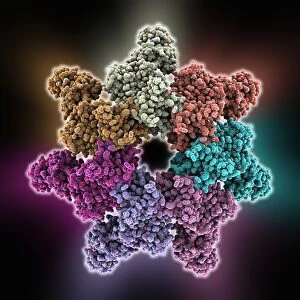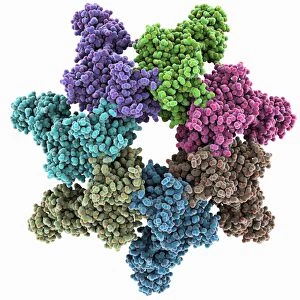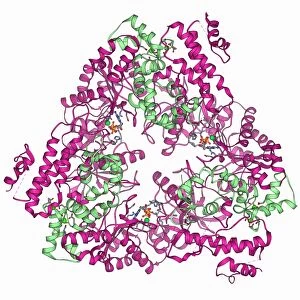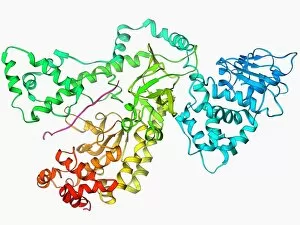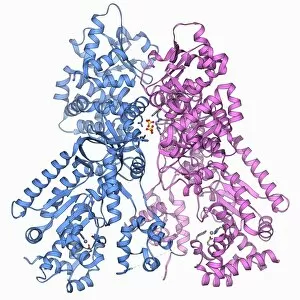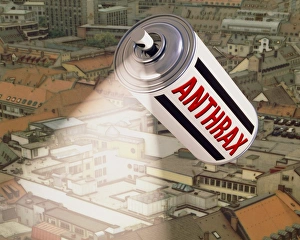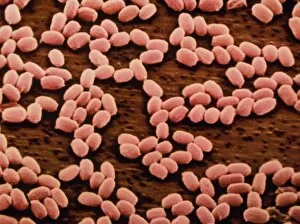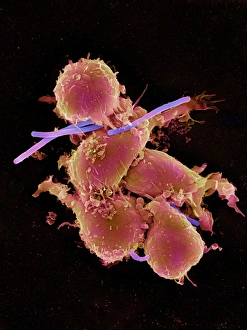Bacillus Anthracis Collection
"Bacillus anthracis
All Professionally Made to Order for Quick Shipping
"Bacillus anthracis: Unveiling the Secrets of a Deadly Bacterium" Anthrax cultures and a historical diagram take us back to the time when Louis Pasteur (1822-95) was investigating anthrax, unraveling its mysteries. An advertising card from the Chocolaterie reminds us of how this bacterium has been associated with fear and terror. The antibiotic action against anthrax is depicted in a historical image, showcasing the relentless efforts made in researching effective treatments. Microscopic views reveal its intricate structure, highlighting its role as the cause of anthrax. Biology enthusiasts are captivated by bacteria like Bacillus anthracis seen through a microscope using contrast medium at 650x magnification. The Anthrax protective antigen molecules C014 / 0886 and C014 / 0865 come into focus, shedding light on potential targets for therapeutic interventions. Delving deeper into understanding this deadly bacterium, we encounter Anthrax oedema factor molecule F006 / 9393 and Anthrax lethal factor molecule F006 / 9384. These molecules hold vital clues that scientists tirelessly explore to develop strategies against this formidable pathogen. Intriguing yet menacing, Bacillus anthracis continues to challenge researchers worldwide. Through ongoing studies and collaborations across disciplines, we strive to unlock more secrets about this ancient disease-causing agent while working towards safeguarding public health from its devastating effects.

